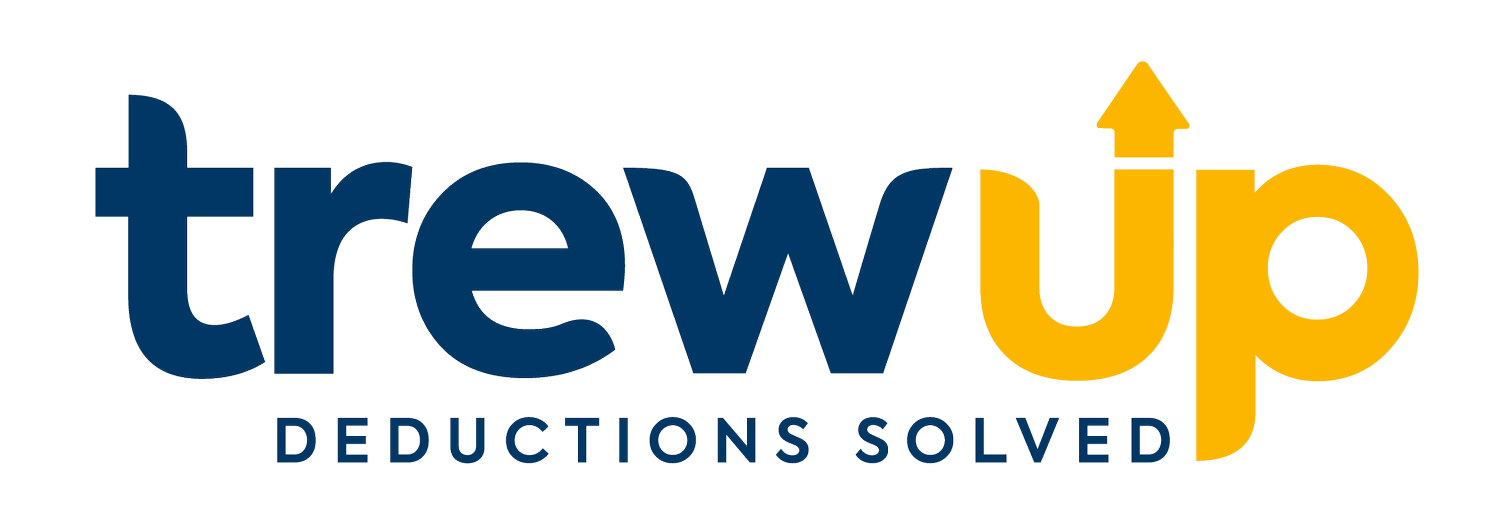Why Manual Deductions Management Is Costing You More Than You Think
In today’s fast-moving CPG landscape, deductions management remains one of the most painful—and most overlooked—areas for emerging brands. Despite growing complexity in retail and distributor relationships, many teams are still managing deductions manually, with inconsistent processes across sales, accounting, and operations.
The result? Lost dollars, lost time, and lost morale.
How Manual Deductions Management Breaks Down
Let’s paint a familiar picture: A CPG brand is growing quickly, but deductions are handled the old-fashioned way. Here’s what it looks like:
Format: Deductions trickle in as random emails from retail customers.
Retrieval: Backup documentation—those all-important proofs—are scattered across inboxes and tucked away on someone's accounting drive.
Decoding: Accounting teams are left trying to piece together what the deduction is actually for (an ad fee? An unauthorized promo? A shipping short?).
Verification: Instead of an organized system, it's a scramble. The sales team gets pinged for clarification—but they’re often on the road or tied up with customers.
Every month feels like a scavenger hunt.
And meanwhile, the dollars keep leaking out the door.
The True Cost of Manual Deductions
Manual processes aren't just tedious—they're expensive and demoralizing. Here's why:
Time-Intensive: Hours lost tracking down missing backup files and interpreting messy deductions.
Error-Prone: Without a clear system, mistakes are inevitable. Overpayments and missed disputes pile up fast.
Missed Opportunities: Valuable insights about retailer behavior, trade spend ROI, and promotion effectiveness get buried under administrative busywork.
Team Burnout: Sales and accounting teams alike grow frustrated, feeling like they're always behind and always reactive.
In short: you're not just bleeding dollars. You're bleeding energy and momentum.
The Takeaway
If your team is still chasing PDF backup files month after month, you’re not managing deductions—you’re just surviving them.
As brands scale, the gap between manual survival and systematic management only gets wider—and more costly.
Now’s the time to rethink deductions management—not just as a back-office function, but as a critical lever for protecting margins, empowering your team, and driving smarter growth.
Frequently Asked Questions about Manual Deductions Management in CPG Trade Spend
1. What is manual deductions management in CPG trade spend?
Manual deductions management refers to the process of handling retailer or distributor chargebacks and trade deductions using spreadsheets, emails, and file folders—rather than centralized, automated systems. This often includes retrieving deduction notices from portals, deciphering backup documentation, and manually cross-checking claims with trade activity.
2. Why is manual deductions management a problem for emerging CPG brands?
Manual processes are time-consuming, error-prone, and hard to scale. Teams often lose time chasing down PDFs, cross-functional communication breaks down, and deductions go unresolved or inaccurately paid. This leads to lost dollars, reduced visibility, and team frustration.
Check out our blog post, Deductions Management for Natural, Organic, and Specialty Brands, to learn more about how effective deductions management can significantly impact a brand's financial health and overall success.
3. How do manual deductions impact my team’s productivity?
When accounting teams are buried in emails and spreadsheets and sales is fielding deduction questions while on the road, no one is working at full capacity. The lack of streamlined communication and centralized data slows everyone down and pulls focus from growth-driving work.
4. Are manual deductions costing my brand real money?
Yes. Many brands overpay deductions simply because they can’t reconcile them correctly or in time. Without a clear audit trail or match against trade activity, teams default to paying inaccurate or duplicated claims—leaving money on the table month after month.
5. What are the hidden costs of not fixing deduction processes?
Besides hard-dollar losses, the hidden costs include:
Wasted time spent on low-value tasks
Eroded team morale from repetitive, frustrating work
Slower decision-making due to poor visibility
Missed opportunities to optimize future promotions
6. What’s a better way to manage CPG deductions?
Automated deduction management tools integrate with retailer portals, centralize documentation, and connect accounting with sales and trade spend data. This lets you quickly verify deductions, track performance, and ensure only valid claims get paid.
7. How do I know it’s time to upgrade my deductions process?
If you’re still:
Searching inboxes for PDF backup files
Downloading deduction reports manually
Calling sales reps to explain chargebacks
Logging disputes in spreadsheets
…it’s time to make a change.
